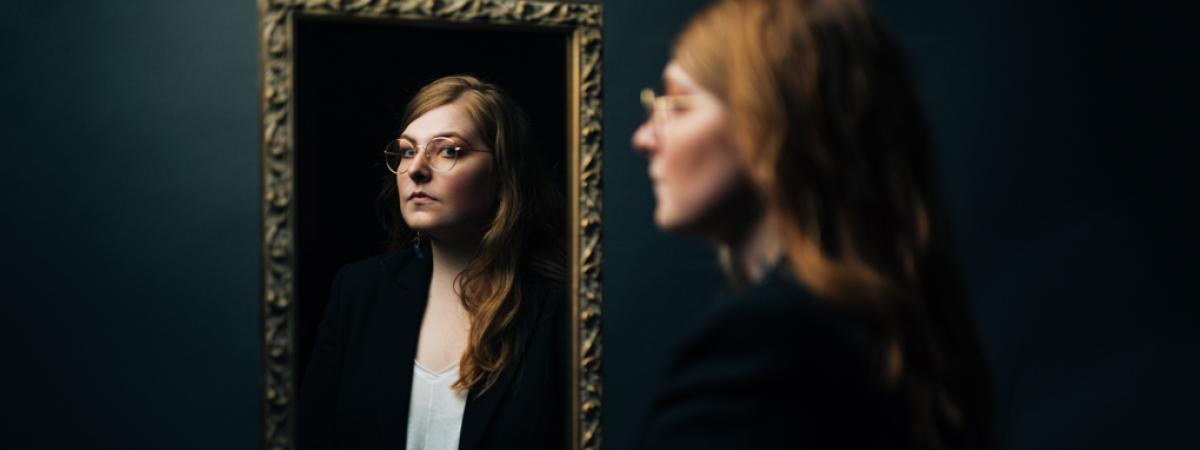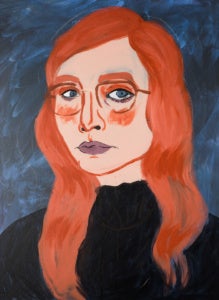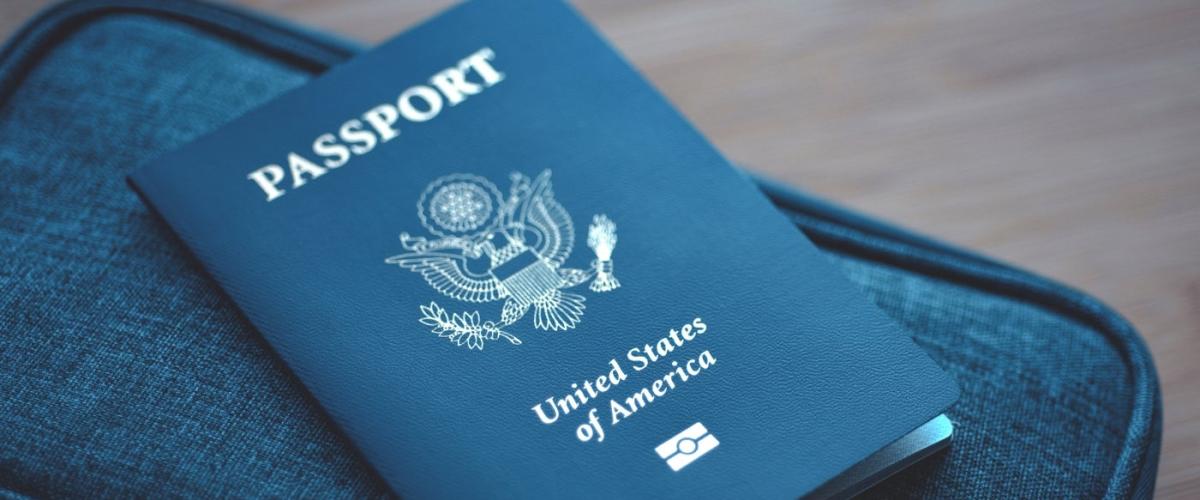Just one year removed from graduating cum laude with a Bachelor of Arts degree in painting and drawing, Sydney Slacas did not wait long to make an impression.
Competing against 300 other entrants in the Artisphere art, music and culture festival in South Carolina, the just-turned-alum of the South Carolina School of Arts at Anderson University took first place in the 2018 Crowd Favorite Contest with the self-portrait she painted for her senior thesis.
But over the course of her undergraduate studies, Slacas realized she wanted a new career path after finding inspiration for her future while studying the history of art.
“While I was working towards my minor degree, I learned about antiquities trafficking and art crimes that are particularly prevalent in non-western countries. I found it fascinating and was immediately drawn to it,” said Slacas. “If there is art crime, then I figured there must be art law too, so I started researching my options for a more specialized education.”
She found the CWRU dual JD/MA degree program in Law, Art History and Museum Studies, a 98-credit program for students to study the intersection of intellectual property law and the visual arts.
“The dual degree program was created for students like Sydney who have a background in an artistic discipline and are interested in marrying this background with the law,” said Professor Craig Nard, director of the Spangenberg Center for Law, Technology and the Arts. “The university’s first-rate Art History Department, when paired with the law school, can offer our students a breadth and depth of knowledge of the complex issues in this field.”
In 2018, Slacas was accepted to the program, earning a scholarship as the Noah Webster Law and the Arts Scholar.
“I was impressed with Sydney right away,” said Nard. “She is an ideal student for the dual degree program — smart, driven and she has a real passion for this field of work.”
In addition to thriving in the classroom, Slacas furthered her educational experience with a pair of externships that both augmented and tested her legal skills.
Following her first year of law school, she worked at the U.S. Department of Justice (DOJ), drafting research memorandums and motions for trial attorneys, assisting in preparation for trials and courtroom hearings and analyzing bankruptcy petitions for both individuals and corporations in order to detect fraud or abuse.
This summer, she was awarded a summer stipend from the law school to work a remote internship with the International Foundation for Art Research (IFAR), a nonprofit educational and research organization that offers impartial and authoritative information on authenticity, ownership, theft, legal and ethical issues concerning art objects.
“These two opportunities were so different from each other but equally valuable in giving me the chance to practice law,” said Slacas. “Working for the Department of Justice gave me significant courtroom experience, where IFAR was more of an academic research-based experience putting together guidelines for practitioners. It was rewarding to get my first exposure to art law, practicing something that is niche and seeing it in a concrete way.”
With a year and a half remaining until she completes her degree, Slacas is beginning to narrow down her career focus as she gains more experience.
“Right now, I see two career paths that have a strong appeal to me. The first would be working for a museum as a registrar or someday, a director. My other dream job at this point would be working for the FBI’s Art Crime Team,” said Slacas. “Regardless of the path I choose, I’ll always be a practicing artist. I've found that in art and museum law there is sometimes a tension between the lawyers and the creatives or museum staff. I hope that my background and continued status as an artist and museum worker will help me relate to and serve my future clients.”






